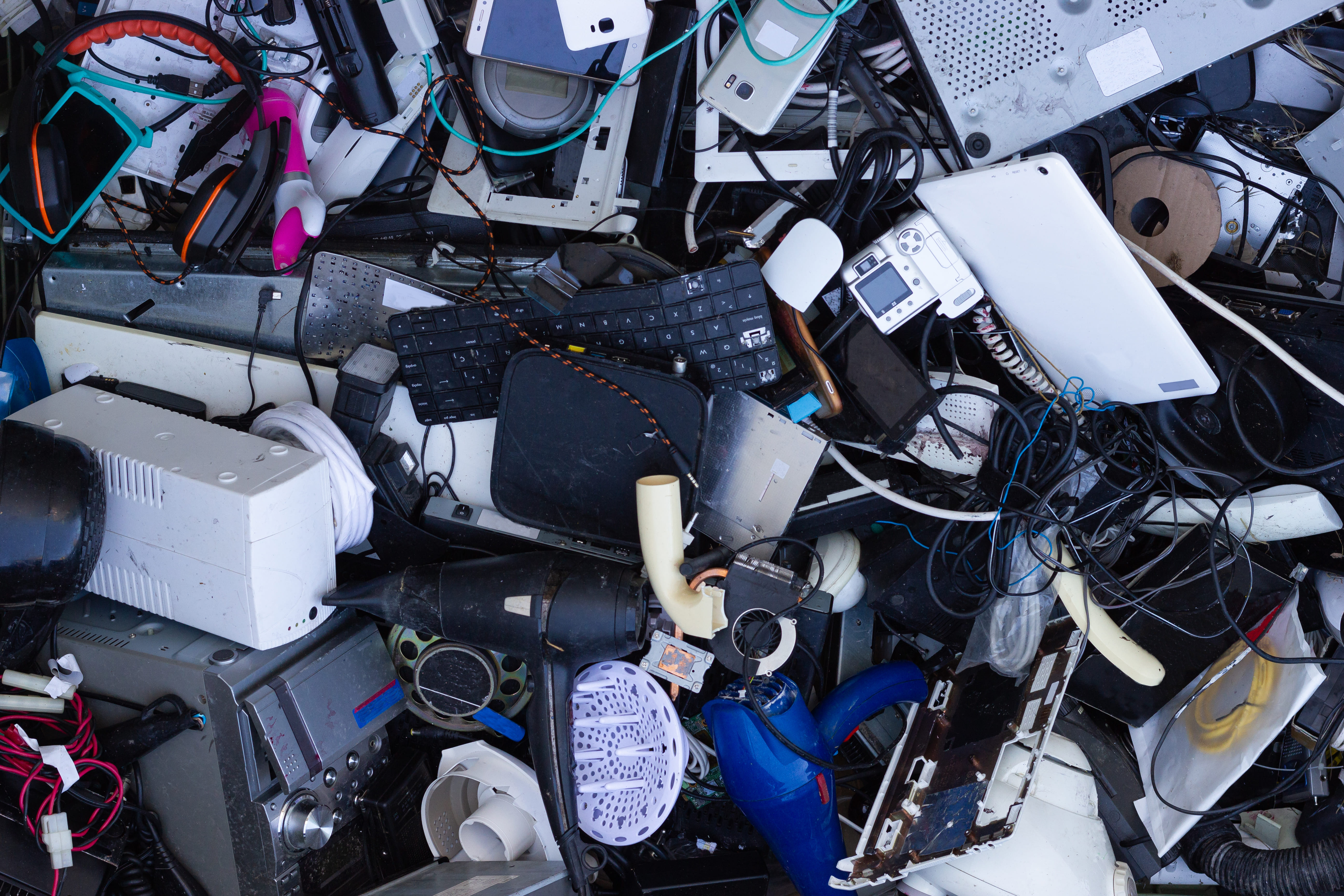
Table of Content
الهدف النهائي لتوجيهات WEEE
- الهدف الأساسي للتوجيه هو منع أو تقليل الآثار البيئية الضارة الناشئة عن إنشاء ومعالجة مخلفات المعدات الكهربائية والإلكترونية، وكذلك عن استخدام الموارد.
- إن WEEE عبارة عن توجيه وليس لائحة، وبالتالي يتم تنفيذها من خلال قوانين محلية متميزة في كل دولة من دول الاتحاد الأوروبي. ويؤدي هذا إلى تحديات امتثال مختلفة مرتبطة بالالتزام بتوجيهات WEEE.
الجدول الزمني للتنفيذ
- 13 أغسطس 2012: دخول قوة المعلومات
- 14 فبراير 2014: الموعد النهائي للنقل: نفس الموعد المحدد في التوجيه 2002/96/EC النطاق: مطابق للموعد المحدد في التوجيه 2002/96/EC + الألواح الكهروضوئية
- 15 أغسطس 2018: النطاق الشامل: يشمل التوجيه جميع الأجهزة الكهربائية والإلكترونية، باستثناء العناصر المستبعدة صراحة.
اعتبارًا من 15 أغسطس 2018، تم توسيع نطاق التوجيه ليشمل جميع الأجهزة الكهربائية والإلكترونية، والتي يجب الآن تصنيفها إلى ست فئات بدلاً من الفئات العشر السابقة.
تصنيفات الأجهزة الكهربائية والإلكترونية (EEE) وفقًا لتوجيهات WEEE 2012/19/EU اعتبارًا من 15 أغسطس 2018.
الأجهزة السلبية تحت النطاق المفتوح
الصانع
يستخدم عدد من توجيهات الاتحاد الأوروبي مصطلح "الشركة المصنعة" للإشارة إلى كيان محدد مسؤول عن إدخال المنتج الخاضع للتنظيم إلى السوق. الشركة المصنعة مسؤولة قانونيًا عن الالتزام بتوجيهات الاتحاد الأوروبي، ولا يمكن تفويض هذه المسؤولية للآخرين أو نقلها تعاقديًا.
ممثل مفوض
"الممثل المعتمد" هو استثناء لالتزام الامتثال الموضح سابقًا. عندما يكون موقع الشركة المصنعة خارج نطاق الولاية القضائية للاتحاد الأوروبي، فمن الضروري تعيين ممثل محلي للمساعدة في الوفاء بمسؤولية الشركة المصنعة وأن يكون هناك شخص يخضع للولاية القضائية الوطنية داخل الدولة.
في حين أنه قد تكون هناك اختلافات بين مختلف الدول الأعضاء في الاتحاد الأوروبي، فإن النقاط الرئيسية هي:
- تسجيل المنتج حسب العلامة التجارية أو فئة المنتج (B2B أو B2C).
- عند الانتهاء من التسجيل، سيتم تخصيص رقم تسجيل فريد يجب تضمينه في المستندات التجارية مثل الفواتير ومذكرات التسليم.
- تقارير سنوية أو شهرية عن الكمية المباعة.
- إعادة التدوير.
- عرض سلة المهملات ذات العجلات التي عليها علامة متقاطعة (رمز WEEE).
رمز وضع العلامات على المعدات الكهربائية والإلكترونية (EEE)
تم توضيح الرمز الذي يشير إلى التجميع المنفصل للمعدات الكهربائية والإلكترونية بواسطة سلة مهملات ذات عجلات مشطوبة، كما هو موضح أدناه. يجب أن يكون الرمز واضحًا ومقروءًا ودائمًا.
Ahmed Sakr
Product Compliance Consultant
ComplyMarket UG (haftungsbeschraenkt)
Share with Your Community
Comments
Leave a comment or ask a question


